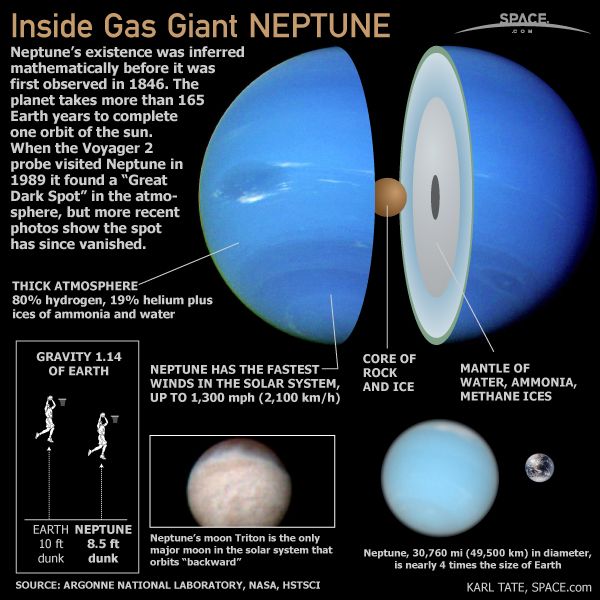

The main problem with these traditional models is that the planets tend to either grow too slowly to accrete much of the nebular gas in the protoplanetary disc before the gas is lost from the system, and so Uranus and Neptune end up as small solid planets without H 2–He envelopes, or the planets grow so rapidly that they reach a runaway gas-accretion stage, and so they end up as H 2–He-dominated gas giants. Traditional core-accretion planetary-formation models have difficulty getting the timing of Uranus and Neptune formation to work out correctly. It is also unclear how these Ice Giants formed. Even after the Voyager 2 encounter with Uranus in 1986 and Neptune in 1989, many mysteries remain regarding the interior structure, atmospheric properties and magnetic-field generation on these planets.

Uranus and Neptune have the dubious honour of being the least explored planets in our solar system. This article is part of a discussion meeting issue ‘Future exploration of ice giant systems’. Future mission planning should take into account the key outstanding questions that remain unanswered about atmospheric chemistry on Uranus and Neptune, particularly those questions that pertain to planet formation and evolution, and those that address the complex, coupled atmospheric processes that operate on Ice Giants within our solar system and beyond. The atmospheric composition of Uranus and Neptune can provide critical clues for unravelling details of planet formation and evolution, but only if it is fully understood how and why atmospheric constituents vary in a three-dimensional sense and how material coming in from outside the planet affects observed abundances. Surprising disparities in the abundance of disequilibrium chemical products between the two planets point to significant differences in atmospheric transport. Thermochemical equilibrium is expected to control the composition in the deeper, hotter regions of the atmosphere on both planets, but disequilibrium chemical processes such as transport-induced quenching and photochemistry alter the composition in the upper atmospheric regions that can be probed remotely. Comparatively little is known about atmospheric chemistry on Uranus and Neptune, because remote spectral observations of these cold, distant ‘Ice Giants’ are challenging, and each planet has only been visited by a single spacecraft during brief flybys in the 1980s.


 0 kommentar(er)
0 kommentar(er)
